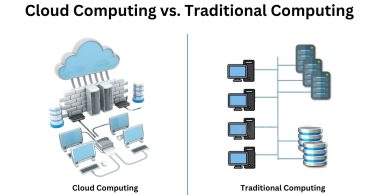In the gaming business, Reinforcement Learning (RL) has changed the game by providing dynamic and immersive experiences wherein games react intelligently to the actions of players. Now let’s explore how RL is influencing games going forward.
Recognizing RL in Video Games:
RL trains agents to make mistakes and learn from their surroundings. Agents make decisions, earn incentives or penalties, and modify their strategy in response to their interactions with the game environment. Making the best choices possible in light of the feedback obtained is the ultimate objective.
Past Achievements and Current Developments:
Recent advances in reinforcement learning (RL) in gaming have been made possible by early examples, such as the TD-gammon algorithm’s mastery of Backgammon. Significant progress has been achieved in Deep Reinforcement Learning (DRL) and Multi-Agent RL (MARL), allowing agents to tackle challenging gaming tasks. Learning has been further optimized by Hierarchical RL (HRL), which divides problems into smaller, more manageable tasks. This method has shown to be very successful in strategy-based games such as RPGs and Total War.
The Effect of RL Beyond Entertainment:
Robotics, driverless cars, and decision-making systems are just a few examples of the real-world applications for reinforcement learning (RL), which has an impact beyond entertainment. Improvements in domains like natural language processing (NLP) and intelligent agent creation have been sparked by its success in gaming.
Latest Innovations in RL Gaming:
AlphaStar: Created by DeepMind, AlphaStar gained notoriety in StarCraft II by upsetting the best human players. AlphaStar learns via reinforcement learning (RL), in contrast to standard gaming AI, and modifies its tactics in response to its experiences.
The DOTA 2 Bots by OpenAI: The gaming community was taken aback when OpenAI Five, an agent-based artificial intelligence system, defeated top DOTA 2 players. These agents showed advanced strategic planning and collaboration, having been trained utilizing reinforcement learning approaches such as Proximal Policy Optimization (PPO).
Microsoft’s Project Malmo: This project uses reinforcement learning to teach Minecraft agents how to complete tasks and overcome obstacles in the game world. With the help of this platform, researchers can investigate several RL algorithms in a sophisticated and dynamic virtual environment.
The Role of Reality in Games:
We may anticipate ever-more complex gaming experiences as RL develops. Real-time gaming (RL) is poised to transform how we engage with games, offering individualized gaming experiences, dynamic difficulty modification, and adaptable NPCs.
Potential Applications:
Adaptive NPCs: RL can provide non-player characters (NPCs) that change their behavior in response to player activities, which will increase immersion and realism.
Dynamic Difficulty Adjustment: To ensure the right amount of challenge, games have the ability to dynamically modify difficulty levels based on player competence.
Procedural Content Generation: RL has the ability to produce countless iterations of game content, guaranteeing that every experience is novel and distinct.
Customized Gaming Experiences: Through the acquisition of user preferences, games are able to customize challenges and rewards for each player.
Real-Time Strategy and Optimization: In strategy games, RL can provide more difficult opponents by allocating resources and making strategic decisions.
Conculsion:
In conclusion, reinforcement learning is changing the game industry and opening up a world of possibilities for developing immersive, difficult, and captivating experiences for gamers everywhere. RL has the potential to propel gaming into the future, bringing it to unprecedented levels of engagement and excitement through continued study and invention.



